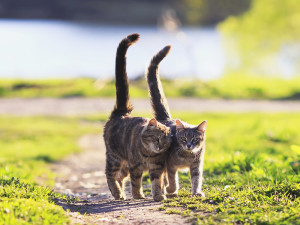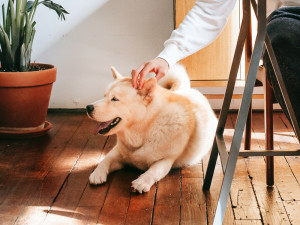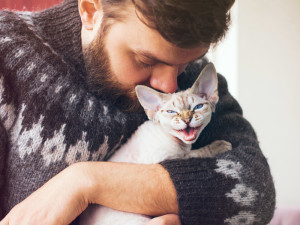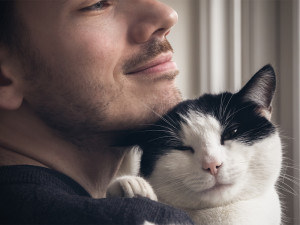How to Pet a Cat (Without a Scratch)
There is a right and wrong way.
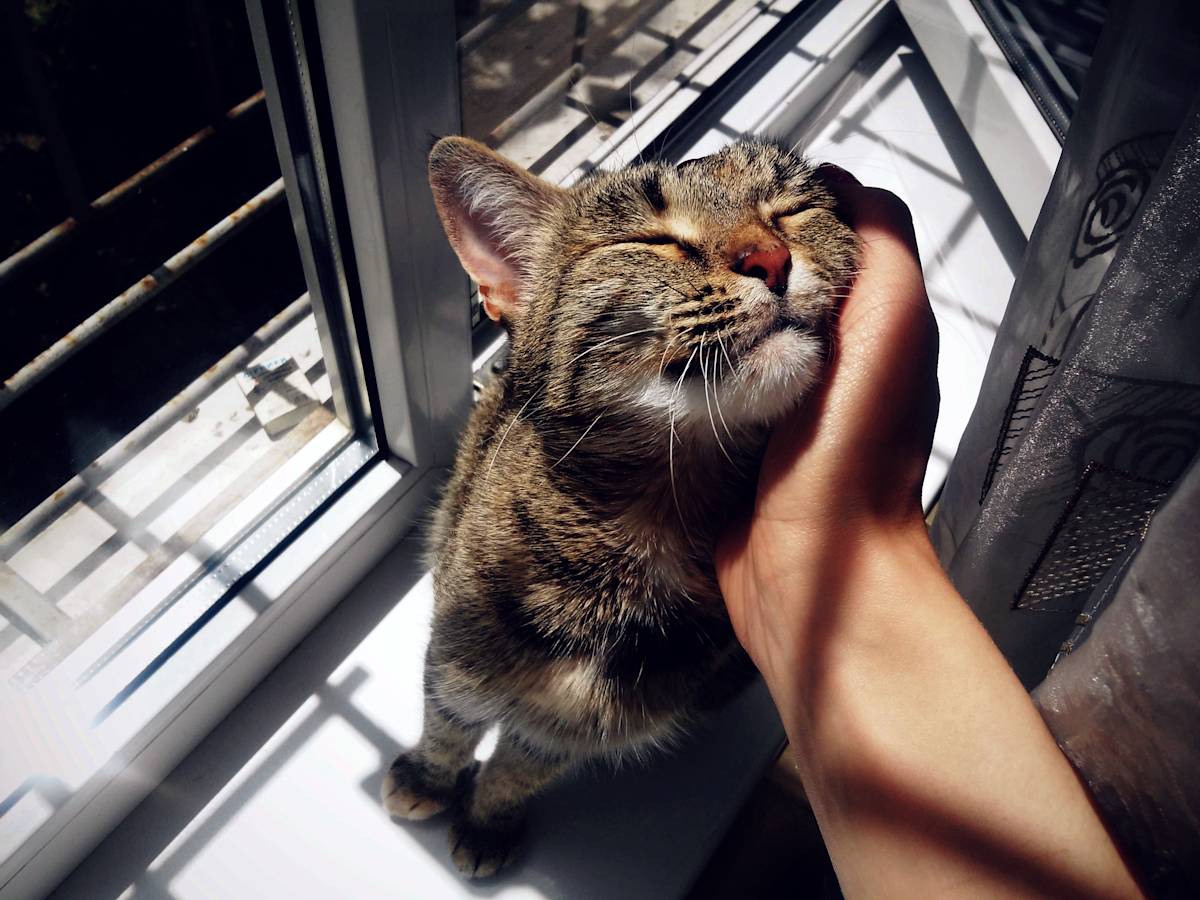
Share Article
Rule number one about petting cats should also be considered rules number two, three, four and so on: Don’t force a cat to accept any physical contact. This guideline applies to all species (including humans!) but this advice is especially helpful with felines. Petting a cat must be done on their terms, and if they’re not in the mood, forcing the issue will not get you anywhere. Engaging in petting a cat involves both helping them to be amenable to your attention and to touching them in ways they will enjoy most. Here’s what to do:
Let them approach you.
The independent nature of cats is the stuff of legend, and they are far more likely to be comfortable with you if you allow them to approach you rather than the other way around.
Resist the urge to pick them up.
I know — it’s hard for me, too. Most cats object to being scooped up and held, especially if they don’t know you well or if you take them by surprise. There are exceptions to this guideline if you and the cat know each other really well and the cat has a history of contentment in your arms, but otherwise don’t do it.
Get on the ground.
Cats frequently come up to people who are on the floor, so if you sit down and remain calm, you make yourself more appealing to the average cat. Move slowly rather than make any sudden movements, and avoid reaching over their head.

Offer surfaces for them to rub.
Cats often initially make contact with people by rubbing against them, either with their face or with the sides of their body. Reaching out with your hand, extending a couple of fingers in a curved shape (think of a loosely held fist with the pointer and middle finger less tucked in than the other fingers) or sitting cross-legged so your knee is available will often prompt cats to rub against you. Once a cat is physically touching you, they are far more likely to accept petting than if they haven’t yet made contact.
Touch them in the spots they tend to enjoy.
Most cats prefer to be pet on the back of their neck, on the chin or cheeks, and behind the ears. Another favorite spot is at the top of the tail where it connects to the back. With cats you know well, massage the outer ears between your thumb and forefinger.
Begin with gentle contact of the fingernails or the tips of your fingers to the chin. Moving all your fingers as though squeezing a stress ball (but more gently!) is often received well. Lots of cats will push into your hand with such contact, indicating they find it pleasant. If they express contentment by staying around, by pressing in for more physical contact or by purring, keep petting them, and add in wriggling finger movements around the side of the head, the neck, and the cheeks.
Don’t scratch their belly...
Or rub them the wrong way so you are fluffing up their fur rather than the preferred patting it down. Cats generally prefer small massaging and kneading movements of your fingers over long stroking. However, if you do want to try strokes along the back (or the side of they are lying down with one side accessible), keep the contact pressure gentle and move slowly. Leave their paws alone — physical attention given to their feet is rarely pleasing to any cat.
It’s no good pushing a cat to accept your petting no matter how lovingly intended, but you can make it more likely the cat will enjoy and even seek out your overtures. It’s a compliment to you if the cat accepts and relishes the petting you offer. Petting them in the way they love is an appropriate way to acknowledge the honor they have bestowed upon you.

Karen B. London, PhD, CAAB, CPDT-KA
Karen B. London is a certified applied animal behaviorist (CAAB) and certified professional dog trainer (CPDT) who specializes in working with dogs with serious behavioral issues, including aggression. She has written for a variety of magazines including The Bark, Clean Run, and the APDT Chronicle of the Dog, and has published in scientific journals including Behavioral Ecology and Sociobiology, Ethology, Ecology, and Evolution, the Journal of Insect Behavior, and Insectes Sociaux. She is the author of seven books about dog training and canine behavior, including the forthcoming My Dog's Mystery Adventure: And Other Stories From a Canine Behaviorist and Dog Trainer.
Related articles
![Two cats walking with their tails sticking straight up]()
Cat Tail Meanings
Cats are enigmas. But their tail movements can reveal a lot about their moods.
![Unrecognizable man sitting at desk petting his dog]()
How to Pet a Dog — Yes, You Do Need Lessons
There’s a difference between being affectionate and being annoying.
![cat meowing]()
Why Does My Cat Meow So Much? Reasons Your Cat Meows Excessively
How to decode your cat’s love language when one meow has many meanings.
![cat snuggling man]()
What’s Your Cat’s Love Language?
Five surprising ways cats show affection (and how you can show it back), according to a cat behaviorist.

